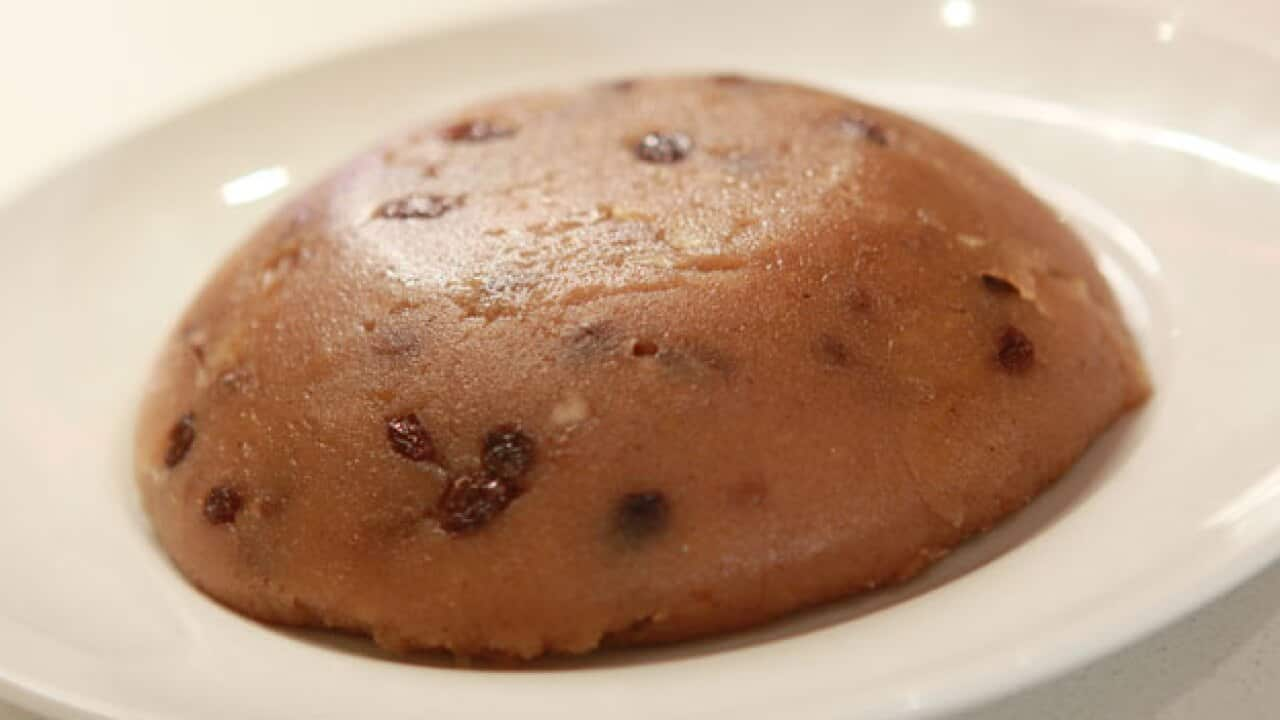I hate to be a downer, but of all the things I think I’m going to miss most after I shuffle off the mortal coil, food-related items and traditions make up a bulk of my projected sorrows. Loved ones and discovering new places around the globe are obvious choices, but what do you say to no more cheese boards piled high with Saint Agur, or stuffed vine leaves drowned in garlic yogurt? If you’re a Turk, there’s one more sorrow to add to the list and it’s a biggie – you’re also not going to be at the last party held in your honour and you’re definitely not going to be able to eat the dessert your loved ones have made just for you.
The first time I found myself face-to-face with a bowl of helva, a simple semolina dessert common in Anatolia, was when I was a small child, right after the morning funeral of a family friend who had died in her 80s after a life well-lived. Having returned to her grieving daughter’s house with just about every other Turk who lived in Sydney at the time, I took a seat at the kitchen bench and watched as my mother, aunts and female family friends old and older squeezed themselves into the kitchen and began what looked like a factory line of stirring, pouring and weeping as they traded stories about the deceased lady.
I couldn’t understand it of course – why on earth were they all cooking when they barely had the strength to stand? Could they not see they were flooding the semolina with their tears? Although I would eventually come to understand that for Turks, every occasion – even death - culminates in a frantic eat-a-thon, my mother took the time that day to explain the making of helva was a long-standing cultural tradition and served the purpose of being together as a community to share the pain of loss and the joy of love. There would, of course, be eating of said dessert squeezed in there somewhere, but that was already a given. And then she cried some more. Never boring: try these recipes for helva in , or variations fro, Istanbul Cult Recipes (
Never boring: try these recipes for helva in , or variations fro, Istanbul Cult Recipes (

Source: Murdoch Books
Many people have pondered the difference between helva and halva, often picturing the blocks of tahini helva which too is ridiculously tasty. Let me explain: Turks will always call it helva while Arabs refer to it as halva, and there are several variations. It can be made from flour, semolina or tahina and while helva of the dead is usually made from semolina, it can be made from flour as well. You can add nuts or fruit, and to add to the tangle, many refer to various Turkish desserts as helva as well. And of course, halva is found in many other countries too, from India to Africa, under names including haleweh, and chalva. Confused? You’re not alone but together we can overcome. And eat. is made for holy days as an offering, and a delicious treat
is made for holy days as an offering, and a delicious treat

Source: Anjum's Australian Spice Stories
Over the years, we’ve seen our share of losses, some old and some not so, but on every occasion the helva of the dead has come out to comfort us all. There’s no denying that its name is rather macabre, but I don’t mind admitting I’ve come to appreciate the rituals that come with making the dessert – a welcome distraction in emotionally trying times. I love the endless stirring that takes place over slow heat – so much so that it eventually becomes what looks like a relay sport with family members taking turns while the others support her through a cloud of cigarette smoke. I love the shaping of the helva by pushing them into tablespoons and turning them back out into bowls to distribute among grieving family, friends and even the odd neighbour who doesn’t quite understand what the hell is going on (or what that brown stuff is in the bowl). In most Turkish communities, helva is made to share at joyous events too such as weddings births and circumcisions, but since my mother is not much of a cook at any other time, you literally have to die to get helva at our place.
Sometimes I get cravings to make and eat helva in front of some tragic TV show like I would any other dessert, but I always stop myself. Sure, made with a few key ingredients (semolina flour, oil and sugar – although some choose to add milk, dried fruit and nuts and/or cinnamon), it’s simple enough to make, but the association helva has with death in my community has never quite loosened its hold on me. Sure, helva has its comforts and it certainly has that delicious taste, but when it comes to snacking on life-affirming desserts in front of the idiot box, how fortunate are we that the list of mouth-watering Turkish is as joyful as it is long?






